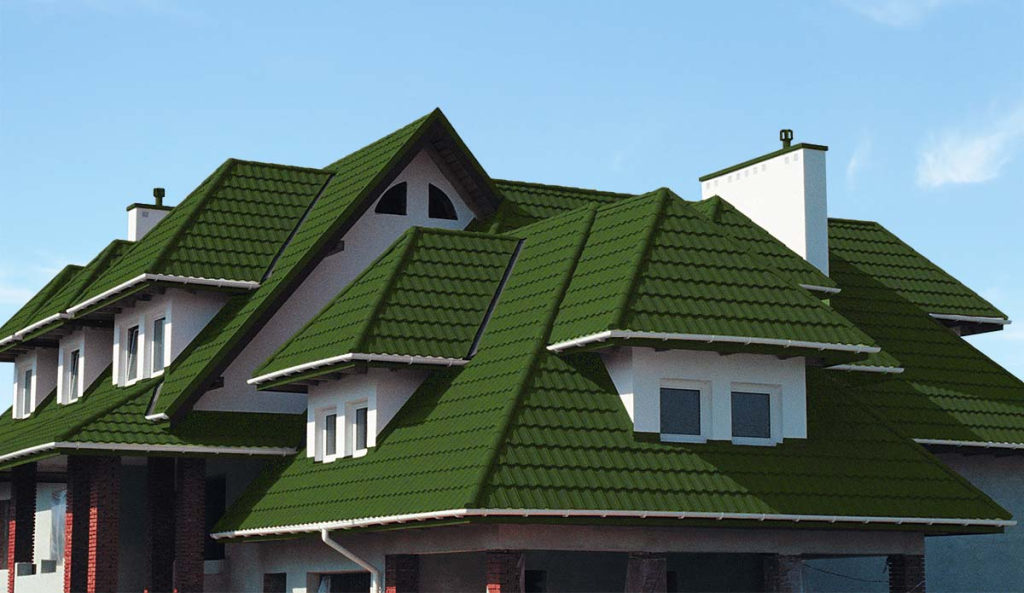Umbrella nails are specialized roofing nails characterized by their wide, rounded heads, which resemble an umbrella. These nails are specifically designed to provide superior holding power, especially in materials like roofing felt, shingles, and other roofing components. Below is a more detailed breakdown of their sizes and specifications:

1. Length
- Short Lengths (1 to 1.5 inches or 25 to 38 mm):
- Used for thin roofing materials such as felt, tar paper, and lighter shingles.
- Common in regions with less severe weather where extreme hold isn’t required.
- Medium Lengths (2 to 2.5 inches or 50 to 64 mm):
- Ideal for standard asphalt shingles, roofing tiles, and moderate weather conditions.
- Provides a balance between holding power and material penetration.
- Long Lengths (3 to 4 inches or 75 to 100 mm):
- Used for thicker roofing materials, such as wooden shingles, metal roofing, or when installing over an additional layer of roofing.
- Required in areas with high wind or heavy rainfall to ensure the roofing material stays in place.
2. Shank Diameter
- Thin Shank (2.5 mm):
- Suitable for lighter roofing materials where minimal penetration resistance is needed.
- Provides less holding power, but reduces the risk of splitting thin materials.
- Standard Shank (3.0 to 3.25 mm):
- Most common diameter, offering a good balance of strength and ease of driving into standard roofing materials.
- Suitable for most residential roofing applications.
- Thick Shank (3.5 to 3.75 mm):
- Designed for heavier-duty applications, such as thicker roofing materials or areas subject to extreme weather conditions.
- Ensures maximum holding power but may require more force to drive into harder substrates.
3. Umbrella Head Diameter
- Small Head (9 mm):
- Used for lightweight materials where a smaller surface area is sufficient to hold the material in place.
- Common in less demanding applications.
- Standard Head (10 to 11 mm):
- The most common size, providing ample surface area to hold down shingles or other roofing materials without tearing.
- Suitable for most roofing applications.
- Large Head (12 mm):
- Provides maximum surface area for holding power, ideal for softer materials that may tear easily or in high-wind areas.
- Often used in commercial applications or in regions with severe weather conditions.
4. Material & Coating
- Galvanized Steel:
- Most common material due to its corrosion-resistant properties, ideal for outdoor use in various climates.
- Available in both electro-galvanized and hot-dipped galvanized finishes, with hot-dipped offering better corrosion resistance.
- Stainless Steel:
- Used in coastal areas or environments where exposure to saltwater or high humidity is a concern.
- More expensive but offers superior corrosion resistance.
- Aluminum:
- Lightweight and corrosion-resistant, suitable for some specialized roofing applications but not as strong as steel.
- Copper:
- Used in high-end or historical roofing applications where appearance and longevity are key factors.
- Provides excellent corrosion resistance but is more expensive and not as strong as steel.
5. Special Features
- Rings or Grooves on Shank:
- Some umbrella nails have a ring-shanked or grooved design, which increases the holding power by preventing the nail from backing out over time.
- Particularly useful in areas prone to high winds or for materials that may expand and contract with temperature changes.
- Coating:
- Some nails may be coated with additional materials (like polymer coatings) to enhance corrosion resistance or improve driving performance.
6. Packaging
- Umbrella nails are usually sold by weight (e.g., kilograms) or by the count (e.g., per thousand nails).
- Available in bulk for large projects or pre-packaged in smaller quantities for DIY use.
7. Regional Variations
- European Standards: Often use metric measurements, with slight variations in lengths and diameters compared to North American standards.
- Asian Standards: May offer additional sizes or materials based on local roofing practices and weather conditions.

These detailed specifications can vary slightly depending on the manufacturer, so it’s important to consult with a supplier or manufacturer to ensure you’re selecting the right size and type of umbrella nail for your specific application.


